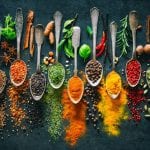 Technology
Technology  Technology
Technology  Humans
Humans 10 Everyday Human Behaviors That Are Actually Survival Instincts
 Animals
Animals 10 Animals That Humiliated and Harmed Historical Leaders
 History
History 10 Most Influential Protests in Modern History
 Creepy
Creepy 10 More Representations of Death from Myth, Legend, and Folktale
 Technology
Technology 10 Scientific Breakthroughs of 2025 That’ll Change Everything
 Our World
Our World 10 Ways Icelandic Culture Makes Other Countries Look Boring
 Misconceptions
Misconceptions 10 Common Misconceptions About the Victorian Era
 Mysteries
Mysteries 10 Strange Unexplained Mysteries of 2025
 Miscellaneous
Miscellaneous 10 of History’s Most Bell-Ringing Finishing Moves
 Technology
Technology Top 10 Everyday Tech Buzzwords That Hide a Darker Past
 Humans
Humans 10 Everyday Human Behaviors That Are Actually Survival Instincts
 Animals
Animals 10 Animals That Humiliated and Harmed Historical Leaders
Who's Behind Listverse?

Jamie Frater
Head Editor
Jamie founded Listverse due to an insatiable desire to share fascinating, obscure, and bizarre facts. He has been a guest speaker on numerous national radio and television stations and is a five time published author.
More About Us History
History 10 Most Influential Protests in Modern History
 Creepy
Creepy 10 More Representations of Death from Myth, Legend, and Folktale
 Technology
Technology 10 Scientific Breakthroughs of 2025 That’ll Change Everything
 Our World
Our World 10 Ways Icelandic Culture Makes Other Countries Look Boring
 Misconceptions
Misconceptions 10 Common Misconceptions About the Victorian Era
 Mysteries
Mysteries 10 Strange Unexplained Mysteries of 2025
 Miscellaneous
Miscellaneous 10 of History’s Most Bell-Ringing Finishing Moves
10 Misconceptions About Cooking And Food Safety
Many of us cook daily, or at least watch cooking shows, and most at least cook occasionally. For the most part, we tend to think we have a pretty good grasp of food safety, but there are some things you didn’t realize were lurking in the background, potentially making you sick without realizing it, and some things you may have never realized you were doing wrong in terms of food preparation. In this article, we will explore several cooking and food safety tips, and tricks.
10 Bizarre Origin Stories About Your Favorite Foods
10 The Bigger Concern In Cookie Dough Is Not Raw Eggs, But Raw Flour
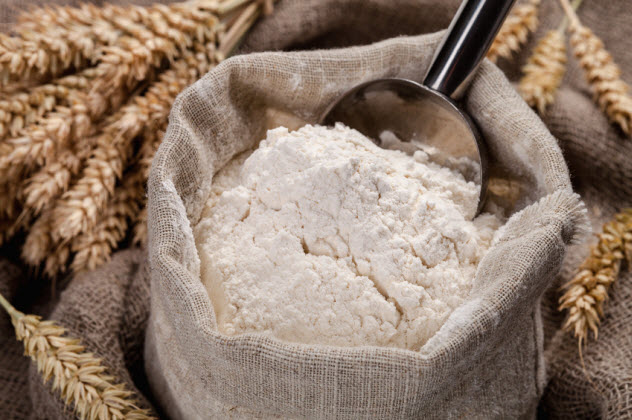
One of the biggest arguments over the years is whether it is okay to lick the bowl, because of raw eggs. There have always been two camps to this. Those who say if they use really fresh eggs the chance is rare, and that it is often survivable. Others argue that salmonella can make an otherwise healthy individual extremely sick, so it isn’t worth the risk.
However, an even bigger concern when licking the beaters, is actually the raw flour that is often used in baked goods. Some people even think they are fine because their recipe has no eggs, but it still has flour, which has not been properly treated to kill germs like E. Coli, until you have actually baked it. To put it in perspective, the CDC found two major outbreaks of E. Coli caused by raw flour within the last few years in the United States alone. Between these two outbreaks, 80 people were sickened.
9 You Are Making A Mistake Every Time You Rinse Your Boiled Pasta
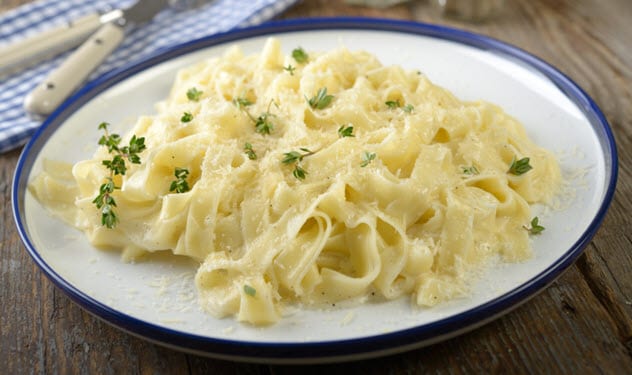
While this isn’t a food safety issue, it is something that is becoming more and more common on cooking shows, so some of you may have heard of this already if you tend to watch a lot of cooking channels. Essentially, many of us grew up taking our pasta, putting it in the colander, and pouring water over the pasta to rinse it off. Some of us even argued about whether rinsing with hot or cold water was better, but it has been a common practice, at least among many in the United States.
However, more recently, cooking channels and experts all over have been tutting this practice, and arguing that it is actually a huge cooking mistake. Rinsing your pasta removes the starch, which you actually want to remain on, because it will help the sauce stick better to your pasta. If you rinse it off, it will become too slippery, and the sauce will slide off your carefully prepared al dente pasta. Chefs also recommend keeping back a very small amount of the pasta water to re-add to the sauce, which can help thicken and bind it as you finish it. The only exception is when you are making pasta for cold dishes like a pasta salad, where it could benefit from cooling down to prepare it better for your dish.
8 Proper Eating Of Raw Food Is Actually Safe In Most Cases
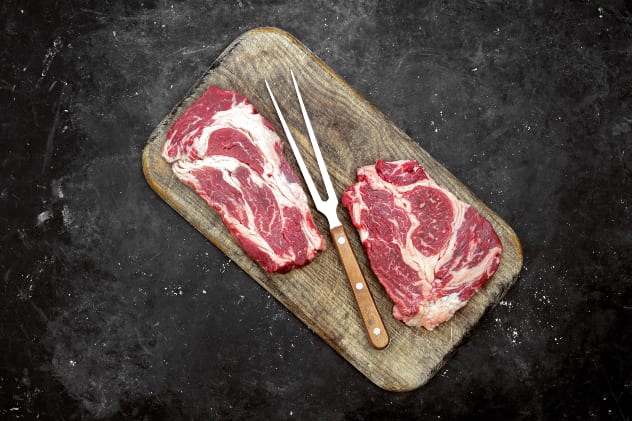
One of the more controversial practices among many is the eating of raw food, which many find to be unsanitary, and unsafe. There is no doubt that some disease outbreaks have been linked to things like The Cannibal Sandwich eaten in some parts of Wisconsin as a yearly ritual, which mixes raw ground beef and raw eggs, or improperly kept sushi in places like grocery stores or convenience stores. However, while there are many horror stories, the fact is under the right conditions, you can safely eat many foods raw, under the right conditions of course.
The Cannibal Sandwich has been warned against by the CDC, because many are simply using ground beef from the store, which is incredibly dangerous, as grinding the beef spreads the contaminants through the entire product, while with a steak, the contaminants will stay on the surface.
This means something like raw steak, or steak tartare — a high class version of a cannibal sandwich sans bread — can be eaten if prepared properly. Steak tartare, or a cannibal sandwich, should only be prepared with freshly ground steak and very carefully. And as for fish, by flash freezing sushi to a proper temperature first, you can kill the germs that will make it unsafe to eat and certain seafood can be served raw using citric acid to “cook” the food and kill the germs — this is called ceviche.
7 Your Chicken Can Be Pinkish And Be Fine — Always Use A Food Thermometer
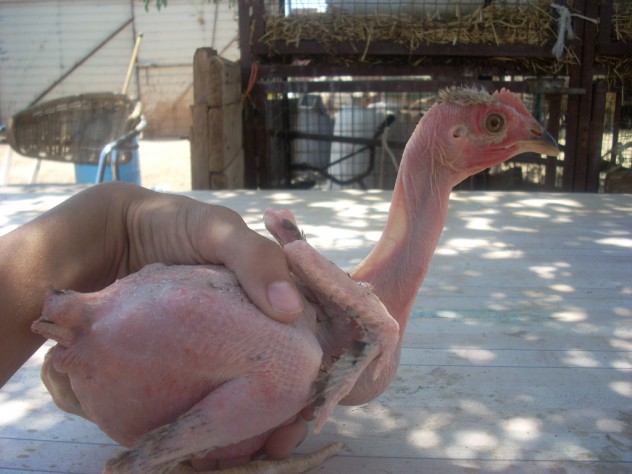
One of the cringiest memes on the internet, which are hopefully just jokes, and not people being serious, are amateur chefs making “medium rare” chicken that has a huge pink center, and talking about how good a chef they are and how yummy a dinner it is. These people claim it gives it more flavor, and everyone exclaims in shock at the several diseases they are probably going to give themselves. Now, while that is truly dangerous, and probably, hopefully, not something people are actually doing, some people take it the other way.
There are some people who will freak out if they see the tiniest bit of pinkish or even reddish in their chicken, which otherwise looks properly cooked, and they will keep putting it in back in until it is dry as a bone, in the vain hope of getting rid of that bit of pink. The fact is, these are natural juices leaking out of the chicken, that discolor as they cook, and are nothing to worry about. What you should do is use a food thermometer to make sure every bit is at least 165 degrees fahrenheit, then you know it is safe to eat.
6 You Don’t Need To Devein Your Shrimp — But You Might Be Gross If You Don’t
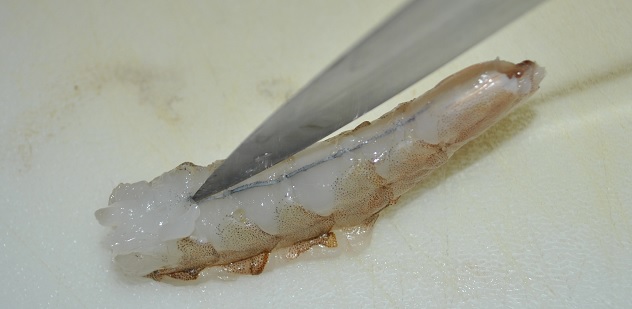
Shrimp is one of the most popular forms of seafood in the world, and is incredibly delicious, especially with butter. Preparing shrimp is incredibly quick and easy once it is ready to cook, but some people argue about the preparation steps before then. One of the steps often involved with preparing shrimp is called deveining, where you get rid of the little black gunky line in the back — this is the shrimp’s digestive tract. Some people feel it is excessively gross to leave this in, and that it can make it slightly gritty, or affect the taste, especially in larger shrimp.
However, some argue that while it may not be desirable to some, it is not a food safety issue at all — it is entirely about personal preference. Also, some chefs feel it often isn’t worth it with smaller to middle sized shrimp, as they often don’t have a noticeable enough area to devein that it will actually affect the taste or make the dish gritty in a noticeable way — if you are worried about grit, most chefs do recommend deveining for large sized shrimp.
5 Washing Chicken Is A Really Bad Idea — Just Cook It Instead
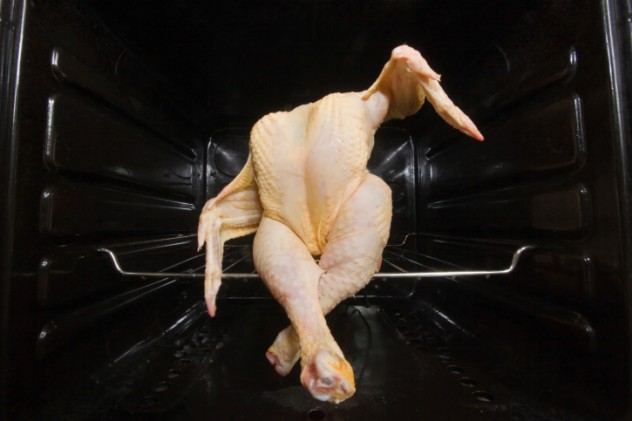
One thing you will see many people still doing in their home or on YouTube, is to wash their chicken with water, before they get it all seasoned in their pan and ready to go into the oven.This is a very bad idea, and will help you, your pets, your whole family and any friends you have over get really, really sick.
A chicken does not need to be “washed”. Cooking it to a proper internal temperature at all points of 165 degrees fahrenheit will do the trick, and washing it just spreads dangerous germs all over your kitchen, invisible to the naked eye, that you are going to have a heck of a time trying to properly clean up later. To make matters worse, you now have the problem of potentially scraping your faucet with the chicken and getting chicken germs all over the faucet as well which will then infect your drinking water and the water you are trying to wash your hands and clean up your germy kitchen with. Just don’t do this, it is not necessary.
4 Just Because You Only See Some Moldy Spots Doesn’t Mean The Rest Is Okay
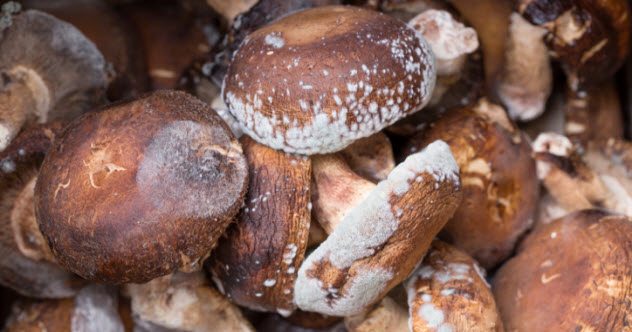
One of the age old myths is that if you have cheese, and in this particular case especially bread, that if you see moldy spots you can just cut the moldy spots out, and all will be well — many people do not wish to waste food, and have been following this “rule” for years. However, the truth is that this may be riskier than you think at first.
If mold has spread enough that you can see visible bits, then there are smaller mold spores that have already spread farther into your food, that you cannot even see yet, and have not made visible patches in front of your eyes. This doesn’t necessarily mean you have to throw out your entire block of cheese or your whole loaf of bread if you see a little moldy spot, but you may want to carefully inspect the whole lot, change the container, and depending on the size of the moldy spot, cut out a much larger portion of extra insurance, just to be safe. However, in any case, we cannot recommend keeping back food that is going off — do so at your own risk.
3 Don’t Listen To Expiration Dates When It Comes To Your Eggs; Put Them In Water
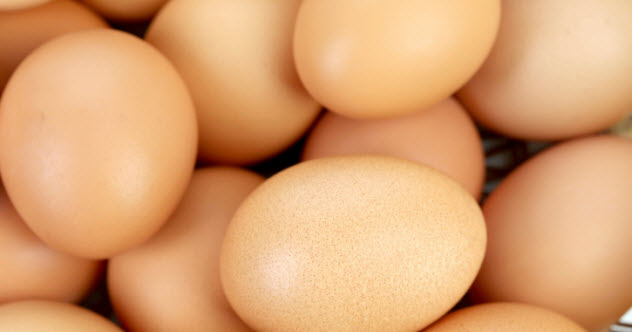
One of the most frustrating things with many products can be expiration dates. Most are not a hard and fast legal rule, and depending on your country or state, may be a combination of government regulations, industry standard practices, and grocery stores just recommending whatever they want — this can make it very hard for the average consumer to follow. This can be especially tricky with something like eggs, where knowing if they have gone off or not can be quite important in terms of avoiding getting very sick.
However, you don’t need to worry about expiration dates at all. There is a simple trick with eggs that will tell you exactly how fresh they are at any given time. All you have to do is get a bowl, fill it with water, and gently place the eggs you want to test in the water. If they are completely fresh, they will lie on their side in the water. If they are not quite fresh, they will still be touching the bottom, but their tip will be starting to point upward. Once they are floating within the water, you should only use them for baked goods or dishes where the eggs are extremely thoroughly cooked. And if they are starting to float at or near the top, they should be discarded. The reason this trick works is because as eggs go bad, they start to fill more with air, which makes them increasingly buoyant.
2 This May Be Obvious To Some, But The “Five Second Rule” Is Completely Bogus

Some people have for years gone by the “five second rule” or some similar variation thereof. Some people do it sort of tongue in cheek, but still pick things up right off the ground, and go ahead and eat them, despite how germy a practice this is. The thing is, by the time you pick that food back up, even if it was a split second, it now has extra germs on it that it didn’t have before, and they are already multiplying.
Now, researchers do point out that stickier foods are more likely to bring you more germs more quickly, but that doesn’t mean non-sticky foods are safe. Rather, both can be dangerous if dropped on the ground, but sticky ones can hold particles of germy things helping them multiply even faster, and cause you more potential food poisoning or diseases. There simply is no safe “limit” for being on the ground, and the longer it is on the ground, or the stickier a food it was, the worse off you are.
1 Alcohol Does Not Burn Off Nearly As Much As You Might Think When You Cook
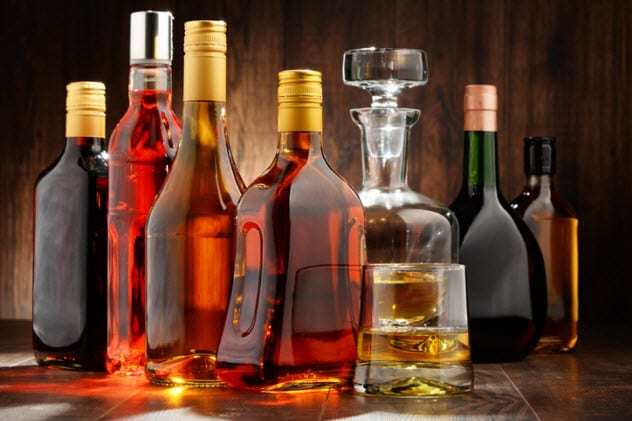
There are many enjoyable foods that include alcohol in the recipe, such as a nice Vodka Sauce with Penne, or a delicious Rum Cake, and many would serve these to children without batting an eye. After all, the alcohol is cooked off when you cook the recipe, and is just there to add flavor — it is nothing to worry about. However, the truth is that this common wisdom is a huge myth, and many people are unaware of the truth.
Scientists have even researched this, and the conclusions were not so great for anyone who has been feeding their children Rum Cake. To bake roughly 90-95% of the alcohol out of the recipe, which is the only way to get close enough to make the amounts truly negligible, you would have to cook your foods to the point of being inedible. Your average alcohol-containing recipe does not cook the food long enough to remove more than 50-65% of the alcohol content, which still leaves a significant percentage remaining.
Top 10 Ridiculous Fast Food Menu Items






